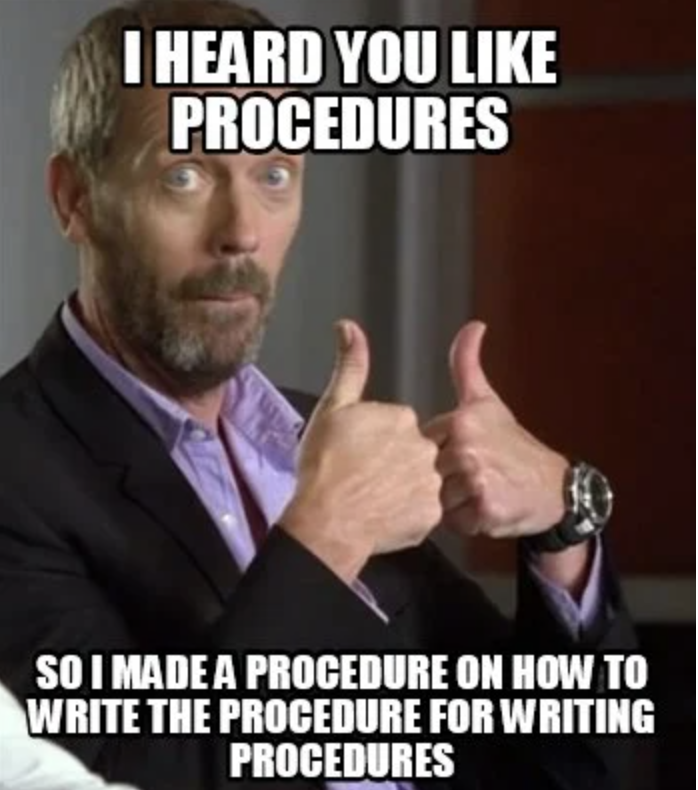Term One Week Ten
Section outline
-

Ki te kahore he whakakitenga ka ngaro te iwi
Without foresight or vision the people are lost
Kia ora. I hope you all enjoyed revisiting procedure writing last week. Being able to write and follow a procedure is a life skill, and something that will use of use to you for the rest of your lives. I wonder how many prodecures you followed over the past weekend? Hopefully we all followed the procedure for navigating daylight saving time and adjusted our clocks in the right direction! What procedures do you follow that were unknown to earlier generations? Think about the times you have had to help an older member of your family with technology - perhaps they have had to help you with something that was common to them but is little used today? I know that very few of us could self-administer a RAT just a month or so ago - now we are all experts! Think about how carefully you looked at the instructions the first time......
Success Criteria:
- Identify the structure of procedure
- Include all information necessary
- Check procedure is accurate
Activities:
- Library (Monday)
- Identify a procedure about a 'new' technology (something you may need to explain to a grandparent)
- Brainstorm the information you will need to provide in your procedure
- Write the procedure using the structure of procedural writing
- Have a buddy 'stress test' your procedure (Follow the instructions exactly as written)
Further Learning:
Read a book (Bonus - see if someone at home can follow your procedure)PLAN & DO / WHAKAMAHI learning intentions:
- We are PLANNING. a procedure so that we can apply an accurate structure across curriculum areas
